When hearing the word mechanics, it mostly evokes a feeling of clarity and science. Here and now we are going to trace down this clarity and its limits.
Biomechanics – The best athletes are the most economic ones!
The core proposition of biomechanics is that a muscle does not need to produce as much tension while contracting, if its ability to store elastic energy is higher. Therefore one of the goals of training our muscles, ligaments, sinews and connective tissues is to enable them to store more energy, make them functioning as springs. Muscles, ligaments, sinews and the associated connective tissues, all of them to a different degree have got the properties of elastic materials. These properties vary according to the training condition, the nerves connecting to the muscle fibers and the muscle’s composition (feathered, bulging, etc.). One of the aim of training has to be the effective conversion of biochemical energy into motion. We cannot avoid heat production, no way, but we can economize our course of movements and this way reduce the thermal output.
How biomechanics classifies a muscle’s work
Before the impact of the external force, (e.g. floor reaction force, inertia of equipment) the activation of the contractile part of the muscles occurs (isometric tension). The main phase of movement comes next, which is a more or less distinct elongation of the muscle, combined with the storage of elastic energy. Subsequently the muscle contraction follows. The two poles of the muscle converge. This is accompanied by an energy release from the sinew/muscle system, whereby heat is produced. This energy is lost for the process of movement. These phases of energy release can be influenced. The pretension of the muscle (reflex), as well as the mechanical properties of the muscles and sinews can be trained. Finally the external forces (different sport, different equipment) the muscle may be exposed to can also be modified.
The more efficient a muscle moves, the better the endurance of your muscle. The metabolites that are in part responsible for muscle fatigue are accumulating more slowly and heat development is delayed. It is most definitely worth giving economic movement patterns some attention. For example, economic running enables longer running and faster running. It means using less oxygen on the same distance at the same speed. This leads to less heat development, heat being one of the performance limiting factors. Training surveys confirm that an improvement of running economics has a major effect on training as it progresses in well trained athletes. Running faster with the same amount of oxygen consumption, means to run economically. A high aerobic capacity is an indication of poor running economics. The best marathon runners have a VO2max-level between 63-74 ml/kg/min. Higher VO2max values are not necessarily connected to greater success.
The cheetah – an example for excellent and ideal running
Reduce weight – improve running economics
This feline predator is said to be the fastest running animal on land. It can reach a maximum speed of up to 112 k per hour, but can only keep up this pace for about 400 m or for under one minute. Its head and torso length measures about 150 cm, added by a 70 cm long tail. Its shoulder height is 80 cm. Regardless of its stately size it only weighs about 60 kg. Its spine is highly flexible and gives the cheetah an amazing elasticity. In a condition of isometric tension, its whole body gives the impression of a spring. When in full sprint, it will reach the 60 k per hour mark within 2 seconds. Laboratory experiments have shown that the cheetah will immediately stop running after reaching a rectal temperature of 40.5 to 41°C. It will simply lie down on the treadmill, stretch all fours and refuse any form of movement.
Fatigued shortening-stretching cycle of the muscle
Repeated high speed and short eccentric muscle contractions while running induce a specific kind of fatigue, which can last up to seven days after a marathon. A reduced contractive capacity combined with a lower stretching tolerance and a delayed switch from stretching to contracting is typical for this kind of fatigue. The muscle loses its elasticity because the nervous reflexes can not function properly. The movement becomes stiff and rigid. This fatigue is caused by reversible micro- injuries that are surrounded by inflammatory processes within the muscle, especially the neuromuscular spindle (sensors for measuring the length changes inside the muscles) seems affected. The healing process can take up to one week.
Back to Africa – from the extraordinary cheetah to the extraordinary Kenyan runners
Kenyans generally train harder than other top athletes on other continents. The training volumes and intensities are incomparable especially during their early years of age. The result of the hard training is a structural change in the connective tissue around the calf muscles and the ankle. After years of this extremely hard training the shortening-stretching cycle – which is based on a reflex – is basically knocked out. The reflex is like numbed. Therefore the greater passive elasticity and the altered connective tissue structure, allows them to move with less contraction and more storage of potential energy. In addition they mostly weigh less, even though they are not necessarily smaller. This improves their running economics as well. At least it is an explanation for their extraordinary running performance and why these athletes do not experience a drop out in a marathon, like a hobby athlete does, when the shortening stretching cycle collapses.
Only suffering over many years makes these outstanding performances possible.
Without hard training for at least ten years, this kind of performance is simply not possible.
Summary from a “biomechanic” viewpoint
Good running economics mean less muscle damage due to less heat development in the muscle (heat also damages the tissue). It also leads to a higher level of efficiency of the stretching and shortening cycle, which results in less muscular damage under eccentric mechanical strain. During long-term strain, as for example a marathon, the advantage remains with those athletes who are able to store energy in sinews and ligaments and are not dependent on the shortening stretching cycle. They regenerate faster and do not have to train as much at the cost of recovering properly.
Our tip for you from a biomechanical point of view
Weight training, core build up, stretching at the right time, running technique. Everyone knows how important this is, but still we have difficulties in practicing these essential training elements regularly. Long-term damage such as back pains, hip problems, heel spur…the list is long, can only be prevented by these exercises.
As a company selling the wonderful Biestmilch, we have to remind you at this point that Biestmilch is definitely supporting you during recovery. The lesions in the muscle and connective tissue occurring during training are healing far better. The deterioration of the inflammatory processes induced by the training stimuli are contained more efficiently.

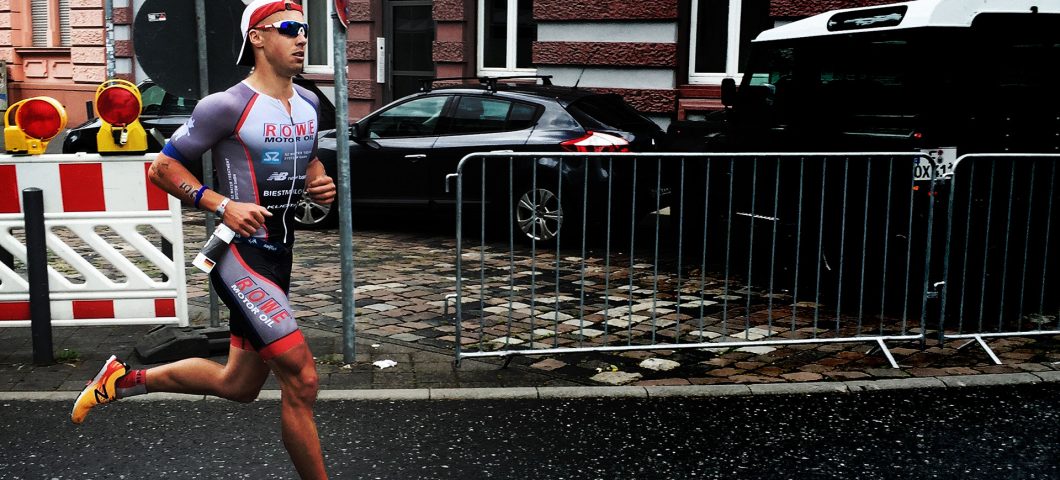
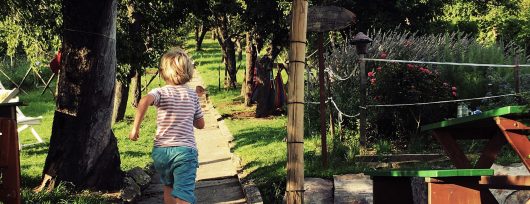
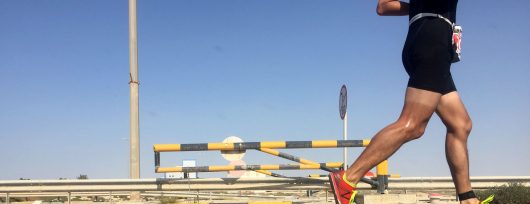
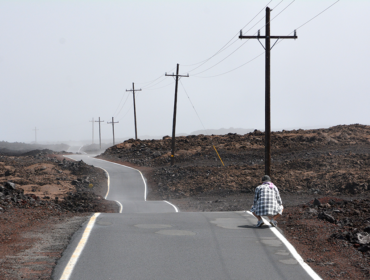

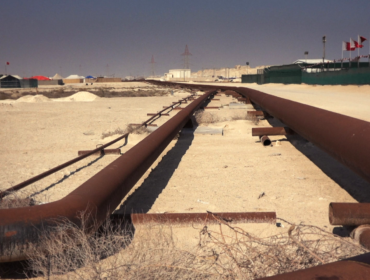
Thank you Susann for another well written article.
Regards
Kjell
Thank you so much regarding giving me an update on this issue on your web-site. Please be aware that if a new post appears or if any modifications occur about the current write-up, I would be thinking about reading more and learning how to make good usage of those methods you discuss. Thanks for your efforts and consideration of other people by making your blog available.
Thanks for posting this, I appreciate your info!
http://athletex.us/tag/cheap-gym-membership/